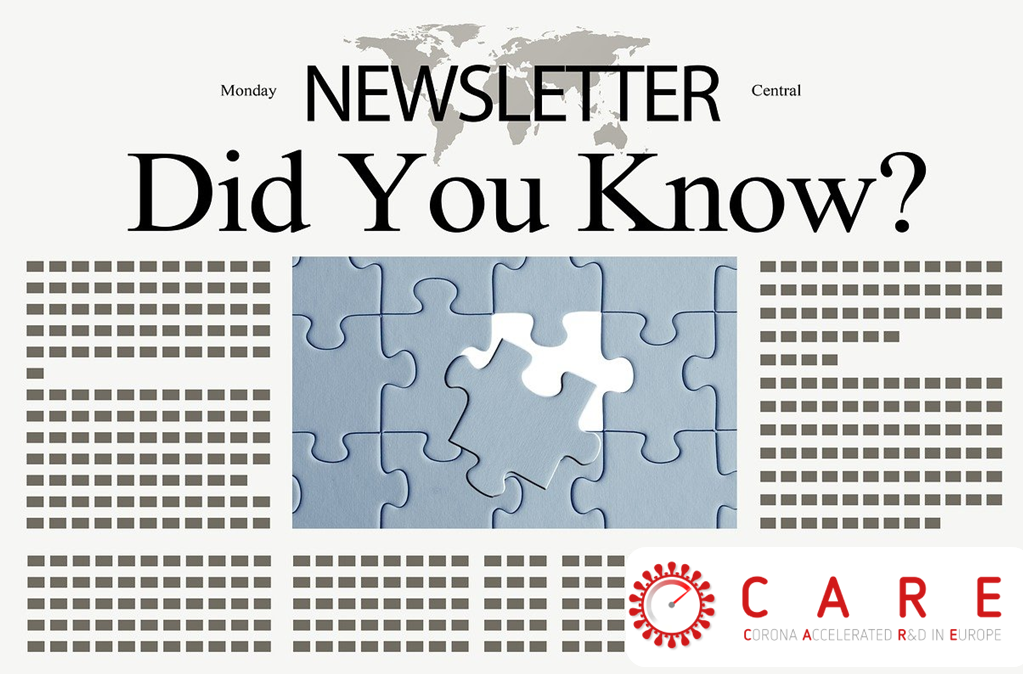Published in Antiviral Res: A VeroE6 cell line not requiring Pgp inhibitors to evaluate SARS-CoV-2 antivirals
Cell culture virus replication systems are essential for the study of virus replication and pathogenesis, antiviral drug testing, and virus research. Vero cells are one of the cell lines used for drug discovery as they are susceptible to SARS-CoV-2 infection – as well as to SARS-CoV-1 and MERS viruses -, easy to maintain, offer high levels of infectivity, and support efficient SARS-CoV-2 replication and virus production.
However, Vero cells express high levels of multidrug resistance protein 1 (MDR1), also named Pgp (P-glycoprotein), an ATP-dependent efflux pump, which necessitates the inclusion of a Pgp inhibitor in the cell culture to prevent tested compounds from being exported out of cells, affecting the antiviral activity as well as interpretation of data. To address this, CARE partner Pfizer used gene editing technology to generate a Pgp gene knockout VeroE6 cell line.
The VeroE6-Pgp-KO cells no longer expressed the Pgp protein and show significantly reduced efflux transporter activity. When remdesivir and nirmatrevil, two known Pgp substrates, were tested in this cell line, both drugs showed antiviral activities similar to that observed in the presence of the Pgp inhibitor.
This newly established VeroE6-Pgp-KO cell line adds a new in vitro virus infection system for SARS-CoV-2 – and possibly other viruses – to test antiviral therapies without a need to control the Pgp activity, and thus with less data variation and failed assays.
To learn more, click here: Generation of a VeroE6 Pgp gene knock out cell line and its use in SARS-CoV-2 antiviral study

